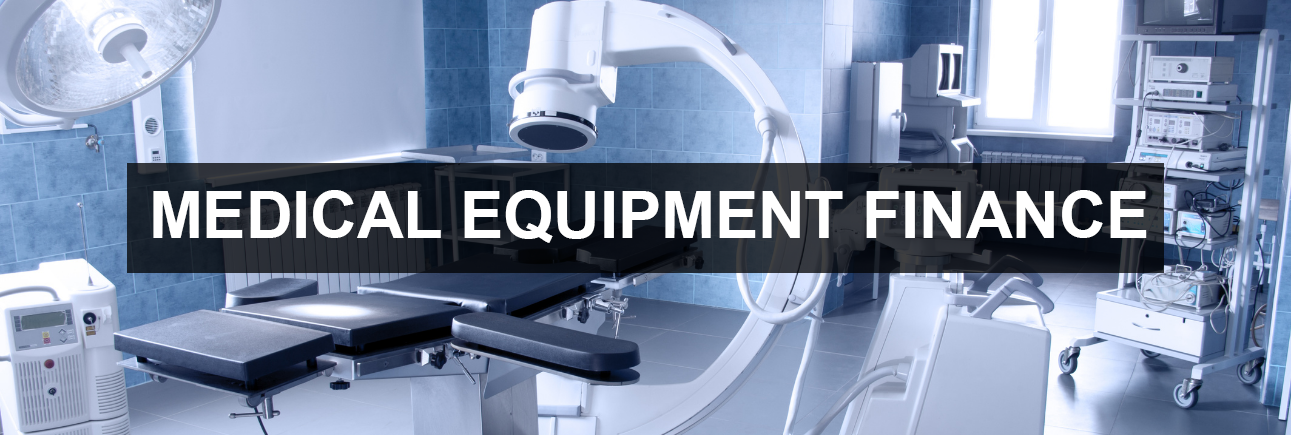

Introduction to Medical Equipment Finance
Welcome to our comprehensive guide on Medical Equipment Finance. In this blog, authored by CA Vikas Jain, we delve into the essential aspects of financing medical equipment, providing valuable insights and practical advice for healthcare providers. Whether you're running a small clinic or a large hospital, understanding the intricacies of medical equipment finance can help you make informed decisions and enhance your healthcare services.
Frequently Asked Questions (FAQ)
Q1: What is Medical Equipment Finance? Medical Equipment Finance involves providing loans or leasing options to healthcare providers to purchase or lease medical equipment. This helps in acquiring essential devices without the need for significant upfront payments.
Q2: What types of equipment can be financed? You can finance a wide range of medical equipment, including diagnostic machines, surgical instruments, imaging equipment, patient monitoring systems, and more.
Q3: What are the benefits of financing medical equipment? Financing offers several benefits such as preserving capital, accessing the latest technology, flexible repayment terms, and potential tax advantages.
Q4: How does leasing differ from a loan for medical equipment? Leasing typically involves lower monthly payments and can include maintenance and upgrade options, while a loan involves ownership of the equipment after the loan is paid off.
Q5: Are there specific qualifications for obtaining medical equipment finance? Qualifications vary by lender, but generally, factors such as credit history, financial stability, and business performance are considered.
Q6: Can startups or new medical practices obtain equipment financing? Yes, many lenders offer tailored financing solutions for startups and new practices, though terms and conditions may vary.
Blog Highlights
In this blog, we'll cover:
Understanding Medical Equipment Finance: Detailed insights into how medical equipment finance works and the different financing options available.
Benefits and Drawbacks: A balanced view of the advantages and potential pitfalls of financing medical equipment.
Types of Medical Equipment: An overview of the various types of medical equipment that can be financed, with examples and case studies.
Choosing the Right Financing Option: Tips on how to select the best financing option for your specific needs and circumstances.
Case Studies and Testimonials: Real-world examples and testimonials from healthcare providers who have successfully utilized medical equipment finance.
Stay tuned as we explore each of these topics in detail, providing you with the knowledge and tools needed to make informed decisions about medical equipment finance.
A Comprehensive Guide to Medical Equipment Finance
In the rapidly evolving field of healthcare, access to the latest medical technology is crucial for providing top-notch patient care. However, the high cost of medical equipment can be a significant barrier for many healthcare providers. This is where Medical Equipment Finance comes into play, offering solutions to acquire essential equipment without straining financial resources. In this detailed guide, we'll explore the various facets of medical equipment finance, including its benefits, types of financing options, and tips for choosing the right solution for your needs.
Medical Equipment Finance refers to financial arrangements designed to help healthcare providers acquire medical equipment through loans or leasing options. This financing allows hospitals, clinics, and medical practitioners to obtain the necessary equipment without paying the full purchase price upfront. By spreading the cost over time, healthcare providers can preserve their capital and invest it in other critical areas of their practice.
There are two primary types of medical equipment financing: loans and leases. Each has its own set of advantages and is suitable for different scenarios.
Medical Equipment Loans involve borrowing a lump sum amount to purchase the equipment. Key characteristics include:
Advantages:
Disadvantages:
Medical Equipment Leasing allows healthcare providers to use equipment for a specified period in exchange for regular lease payments. Key characteristics include:
Advantages:
Disadvantages:
Financing medical equipment offers several key benefits:
Selecting the right medical equipment financing option involves evaluating several factors:
Case Study 1: Small Clinic Upgrades Technology
A small clinic needed to upgrade its imaging equipment to enhance diagnostic capabilities. By opting for a lease, the clinic was able to acquire the latest imaging technology with lower monthly payments and included maintenance. The flexibility of the lease allowed the clinic to stay current with technological advancements and improve patient outcomes.
Testimonial: Dr. Smith, Orthopedic Specialist
"Financing our new MRI machine through a loan was a game-changer for our practice. It allowed us to purchase high-quality equipment without disrupting our cash flow. The tax benefits were an added bonus, making it a wise financial decision for our clinic."
Medical Equipment Finance is a vital tool for healthcare providers seeking to acquire essential technology while managing their financial resources effectively. Whether through loans or leases, financing options offer flexibility and access to the latest medical advancements. By understanding the benefits, types of financing, and key considerations, healthcare providers can make informed decisions that support their practice’s growth and enhance patient care.
For more detailed advice and tailored solutions, consider consulting with a financial advisor or equipment financing specialist.